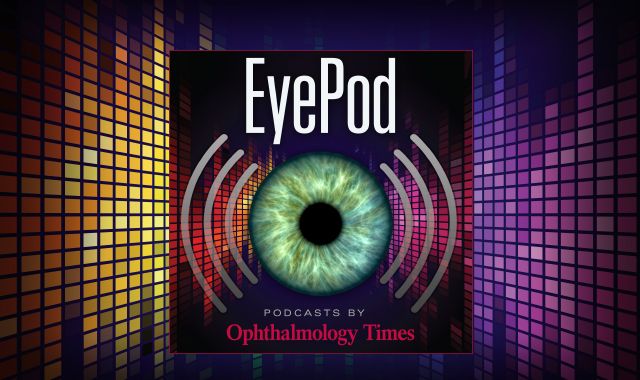News
Article
ASCRS launches Summit to enhance refractive cataract surgery practices
Author(s):
The Summit will feature 18+ course hours and an extensive resource library to support practice adoption of AT IOLs
(image Credit: AdobeStock/studiomay)

The American Society of Cataract & Refractive Surgery (ASCRS) announced a new educational initiative—the ASCRS Business of Refractive Cataract Surgery Summit (BRiCS). A goal of the summit is to equip practices with the knowledge, resources, and confidence to boost the adoption of advanced-technology IOLs (AT IOLs).
In a news release, Vance Thompson, MD, ASCRS president and chairman of the new program, pointed out that more than half of patients seeking cataract consultations are interested in increasing their spectacle independence, yet not enough practices offer the implant technologies needed to achieve these refractive results.1
“Why? I believe it is due to a lack of confidence and resources,” Thompson said. “The ASCRS Business of Refractive Cataract Surgery Summit aims to equip surgeons and practice teams with the tools and knowledge necessary to bridge this gap.”
According to the news release, BRiCS offers over 18 hours of in-person coursework, scheduled September 27–28, 2024 in Irving, Texas, near Dallas. Additionally, attendees will have access to an extensive online resource library. Built on 20 years of success, this library includes customizable business forms, checklists, educational slideshows, and more.1
Thompson pointed out the key element of BRiCS is that the program’s enrollment includes both a surgeon and a practice team member.
“I firmly believe that successful adoption of advanced-technology IOLs requires the entire team to be involved,” Thompson said in the news release. “The surgeon often only has a few critical touchpoints with the patient during their refractive cataract journey. Educating the rest of the staff, who interact with these patients too, gives the practice team a sense of ownership in the process and ensures a positive patient experience from consultation to postoperative visits.”
Moreover, Thompson explained that adopting advanced-technology IOLs provides patients with what they want and fosters healthy ophthalmic practices.
“I don’t believe US practices will reach their full potential without adopting these technologies,” he said. “Our joy in meeting our patients wants and needs, and the financial health of our practices depends on it.”
Reference
ASCRS Launches Comprehensive Summit to Enhance Refractive Cataract Surgery Practices. Ascrs.org. Published 2024. Accessed August 5, 2024. https://ascrs.org/news/ascrs-news/ascrs-launches-comprehensive-summit-to-enhance-refractive-cataract-surgery-practices
Newsletter
Don’t miss out—get Ophthalmology Times updates on the latest clinical advancements and expert interviews, straight to your inbox.





